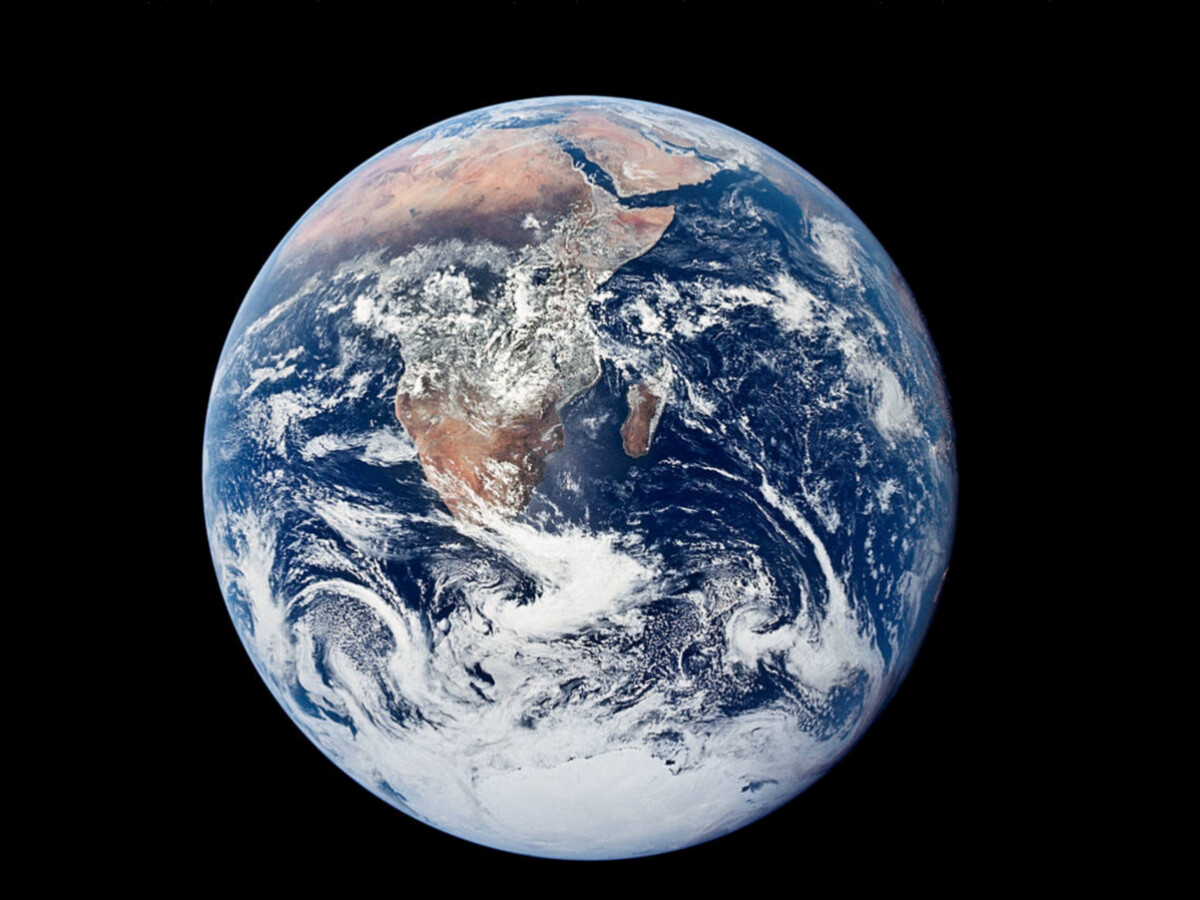Image


Earth's average surface temperature in 2022 tied with 2015 as the fifth warmest on record, according to an analysis by NASA, and carbon dioxide emissions in 2022 were the highest on record, says NASA.
Continuing the planet's long-term warming trend, global temperatures in 2022 were 1.6 degrees Fahrenheit (0.89 degrees Celsius) above the average for NASA's baseline period (1951-1980), scientists from NASA's Goddard Institute for Space Studies (GISS) in New York reported.
“This warming trend is alarming,” said NASA Administrator Bill Nelson. “Our warming climate is already making a mark: Forest fires are intensifying; hurricanes are getting stronger; droughts are wreaking havoc and sea levels are rising. NASA is deepening our commitment to do our part in addressing climate change. Our Earth System Observatory will provide state-of-the-art data to support our climate modeling, analysis and predictions to help humanity confront our planet’s changing climate.”
The past nine years have been the warmest years since modern recordkeeping began in 1880. This means Earth in 2022 was about 2 degrees Fahrenheit (or about 1.11 degrees Celsius) warmer than the late 19th century average.
“The reason for the warming trend is that human activities continue to pump enormous amounts of greenhouse gases into the atmosphere, and the long-term planetary impacts will also continue,” said Gavin Schmidt, director of GISS, NASA's leading center for climate modeling.
Human-driven greenhouse gas emissions have rebounded following a short-lived dip in 2020 due to the COVID-19 pandemic. Recently, NASA scientists, as well as international scientists, determined carbon dioxide emissions were the highest on record in 2022. Using a new instrument launched to the International Space Station last year, NASA also identified some super-emitters of methane – another powerful greenhouse gas.
The Arctic region continues to experience the strongest warming trends – close to four times the global average – according to GISS research presented at the 2022 annual meeting of the American Geophysical Union, as well as a separate study.
Communities around the world are experiencing impacts scientists see as connected to the warming atmosphere and ocean. Climate change has intensified rainfall and tropical storms, deepened the severity of droughts, and increased the impact of storm surges. Last year brought torrential monsoon rains that devastated Pakistan and a persistent megadrought in the U.S. Southwest. In September, Hurricane Ian became one of the strongest and costliest hurricanes to strike the continental U.S.
For more information about NASA's Earth science programs, visit: https://www.nasa.gov/earth